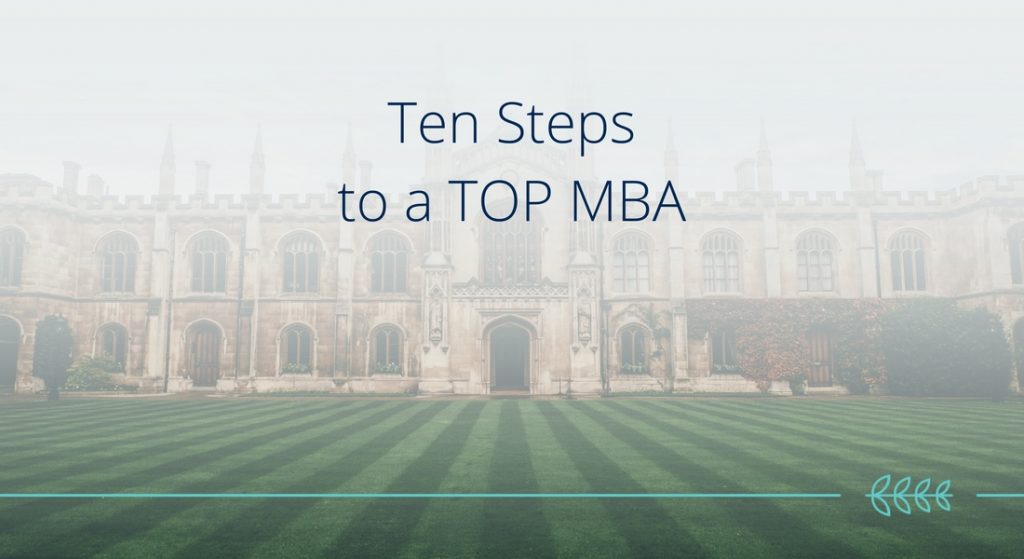All About the GMAT
What is the GMAT? The GMAT is administered by the Graduate Management Admission Council and is a test of general skills: quantitative (math), verbal (grammar, reading, logic), integrative reasoning, and analytical writing. The test uses a high level of English which is comparable to the level you will need to pursue a top MBA. Your final score will range from 200 to 800 and there are individual scores for quantitative, verbal, integrative reasoning and analytical writing. Do I need the GMAT? Yes you do! The world’s top MBA and EMBA programs require the GMAT. Furthermore, several scholarships such as Fulbright or La Caixa ask for the GMAT in order to apply. Finally, top recruiters of MBA programs such as McKinsey or Boston Consulting Group will request your GMAT scores. So, in general, all MBA applicants do indeed need the GMAT, though certain schools may waive it or offer their own test. Check on the school’s website to be sure. What score do I need? Many people think that 700 is the magic number to open the door to any top MBA. However, it is not that simple. It all depends on the rest of your profile and the rest of the competition. Aim for the highest score you can get and then compare it to the “80th percentile” at each school, that is the score range that 80% of the admitted students have, you can find it published on each school’s websites. If you are on the low end, you are at a disadvantage; if you are on the high end, you are better off—nothing is guaranteed. Schools do not publish a minimum score because they prefer to evaluate your application as a whole: CV/résumé, essays, undergraduate transcripts and GMAT together. This holistic approach is why I have seen a client enter a top-7 program with a 660 and another get rejected for a 690! How do I prepare for the GMAT? You have three options: 1) You can prepare on your own using resources such as The Official GMAT Guide, Khan Academy (www.khanacademy.org) or other 3rd-party materials. 2) You can attend a GMAT course at an academy in your area*. Or, 3) Take one of the many online courses. *If you are in Madrid, you are in luck, one of the top teachers in Europe is based here, Kevin Armstrong who runs GMATClasses (http://gmatclasses.es.) How do I register for the GMAT? You register for the GMAT through www.mba.com. When you register you will be able to choose the city where you would like to be tested and you can pay the registration fee. When should I register for the GMAT? ASAP! Testing dates in major cities fill up quickly. Register as early as possible or you may end up flying across the country to take the test. Also, if you do not get the score you need and have to retake it, you must wait 15 days. Therefore, if there are doubts about your score, schedule your first date with enough time to let you retake the exam if needed (ie. five to six months before the application deadline). How often should I take the GMAT? Ideally you take it once and get the score you need, but in reality, most applicants take it twice and many take it three times. The rules are that you can retake the GMAT up to 5 times in any 12-month period, but no more than once in any 16-day period. However, if you take the test more than 3 times, you may have to explain to Admissions why you took it so many times.






